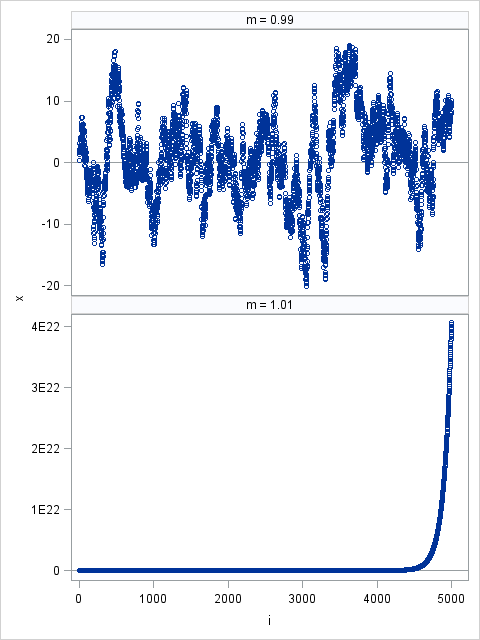
This is a third post on newspaper stories that I recently read. Today's post deals with science, politics, and rising sea levels. Incidentally, the title is a blatant reference to John Allen Paulos's brilliant book, A Mathematician Reads the Newspaper. Senate approves law that challenges sea-level science The NC legislature






